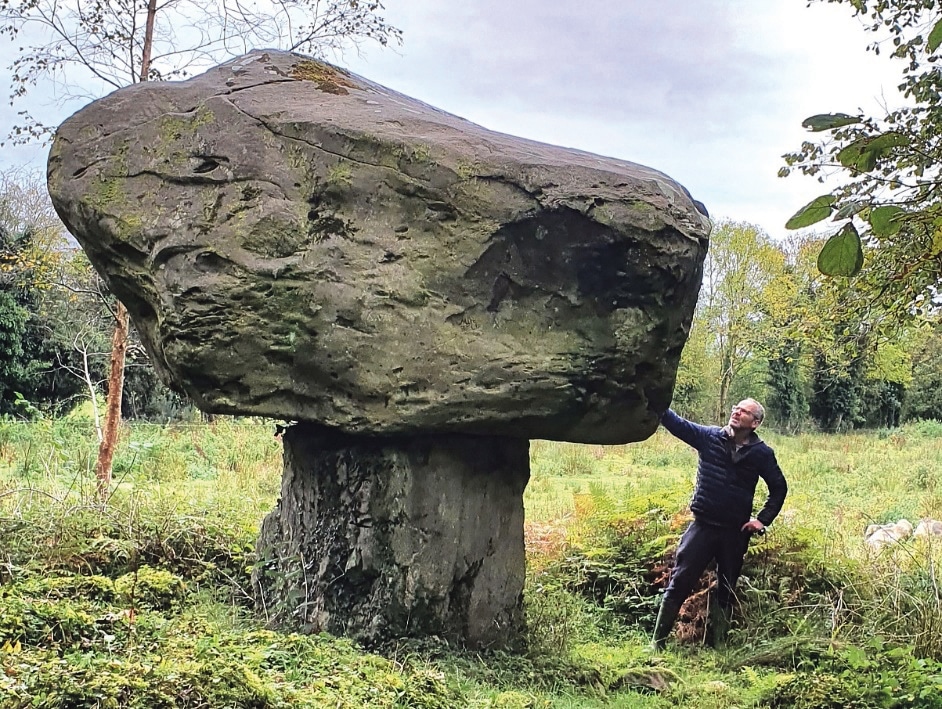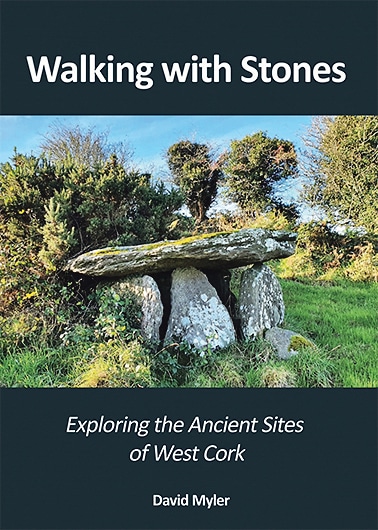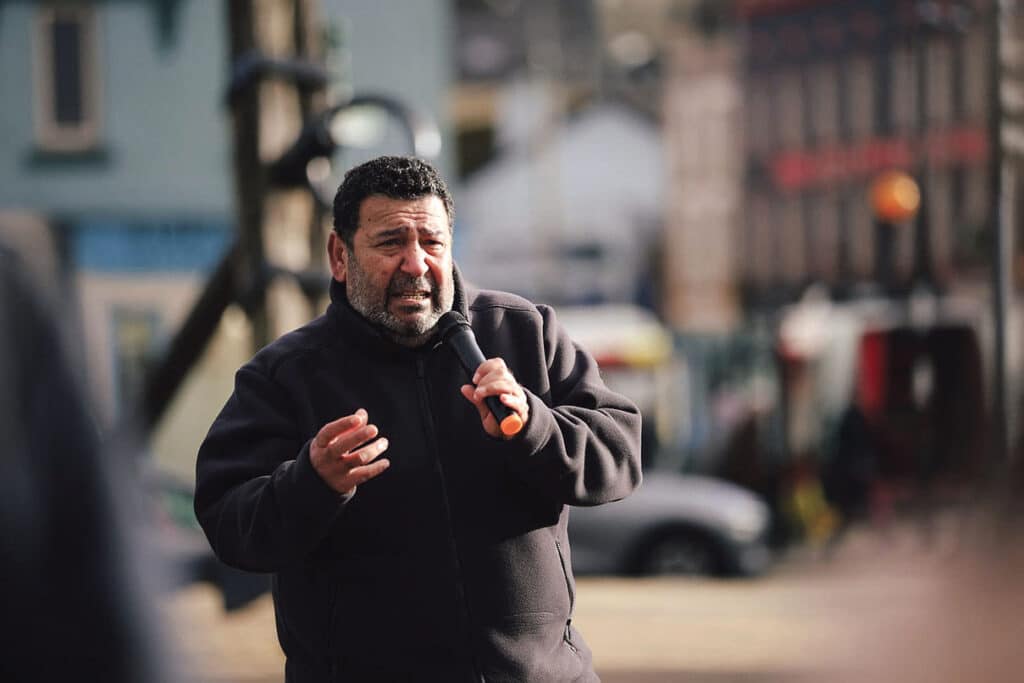‘Walking with Stones’ by David Myler is a new book which takes a fresh look at many of the ancient megalithic sites in the West Cork region. Started as a family lockdown activity within their 5km, the Myler’s adventures expanded with the lifting of the pandemic travel restrictions and the book covers a geographic area from Bandon in the East to Beara and Mizen in the west, looking at the rich tapestry of prehistoric landscape on our south coast and some fascinating bronze age burial sites north of Macroom. The final chapter in the book ventures over the county boundary and into Co. Kerry to look at some unique ancient features, both archaeological and natural, in the area near Kenmare.


Dublin native David moved to West Cork in 1989 and settled in the Mealagh Valley area, near Bantry. A local community development association project published ‘An Archaeological Survey of The Mealagh Valley – David Myler’ (1998) and David went on to study archaeology to certificate level at University College Cork. He made some contacts and friends with similar interests as a result of the project and his studies, and the book was published at that time with support of the Heritage Council of Ireland.
In addition to the full colour images of the sites, ‘Walking with Stones’ features many old sketches, photographs and map images to support the site descriptions. Local folklore and handed down local information played a part in the research for this book, as well as David’s own knowledge which he has developed over many years of exploring.
Following David’s own journey, the book includes 150 ancient sites covering the West Cork region. The author divides the sites by chapter starting with the earliest Neolithic tombs, which date from approximately 5000 years ago. He goes on to visit and feature Bronze Age burial sites such as wedge tombs and boulder burials, stone circles and associated sites, prehistoric rock art, stone rows and ‘gallauns’. Ogham stones, forts and enclosures, tower houses and many other sites of interest are also included in the new book.
In the course of his adventures and site visits David has made a few discoveries, or ‘rediscoveries’ as he prefers to call them, which are now reported and recorded on the national records of sites and monuments. These include some rock art known as ‘incised rings’ north of Bantry. In conversation with a local landowner, he was also told of a previously undocumented ‘cillíneach’. “These burial sites were traditionally used throughout the country to bury unbaptised children and other burials such as famine graves; the sites are often found in old field corners and enclosures, which sometimes were themselves associated with ancient chapel sites,” shares David.
“The West Cork landscape is unique and due to the terrain it holds a very rich diversity of prehistory within the hills, valleys and farms,” he continues. “Sites remain today which were first built by early neolithic settlers, Bronze Age tribes, miners and farmers, Vikings, Anglo-Normans, Irish clans and English settlements. Often sites had multiple phases of use through history.
“The region was also influenced by seafarers travelling along Europe’s western coast. The sites were traditionally protected and respected by local residents and landowners, whose own ancestors themselves often built and lived in the enclosures, ringforts and burial grounds. There was a ‘bad luck’ tradition associated with any interference into the sites themselves, many still believing in such traditions.”
Only a few of the many sites are in state care. “Most are on privately owned land and the care of these sites varies hugely,” shares David. “Some are sadly neglected and overgrown, which can limit access and make it difficult to get a clear overall view of the remaining features. Of course many landowners do take good care of the sites too and for the most part are happy to share their own stories and permit access provided due care is taken.”
Drombeg Stone Circle, Glandore or the Alter Wedge Tomb, Toormore and many of our castle sites are easily accessible. Many megalithic sites of course are far more difficult to access, and some are quite far from the beaten track. David is keen to stress that permission should be obtained to access any sites and all due care be taken with livestock, gates and fences. Please leave only your footprints behind. The book is not intended as a guidebook, maps which highlight all the sites are available online on the Historic Environment Viewer at www.archaeology.ie.
David works as a social care worker in residential adult disability services.
For anyone with an interest in Ireland’s ancient past, “Walking with Stones’ is pure gold. 240 pages of accurate information and beautifully illustrated with colour photographs throughout.
‘Walking with Stones’ is available in selected West Cork bookshops at a cost of €20. It is also available online at buythebook.ie and thebookshop.ie.
David was a guest speaker at the Ballydehob ‘Talks from the Vaults 2024’ series in February and has been invited to give further talks in the coming months to local history and heritage groups details of which will be advertised locally.


